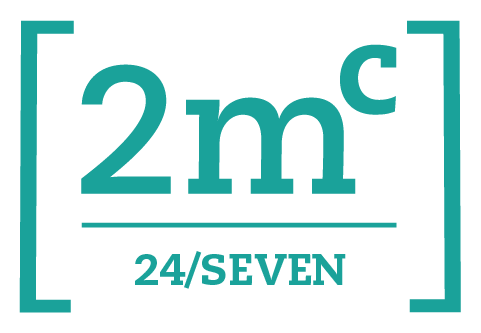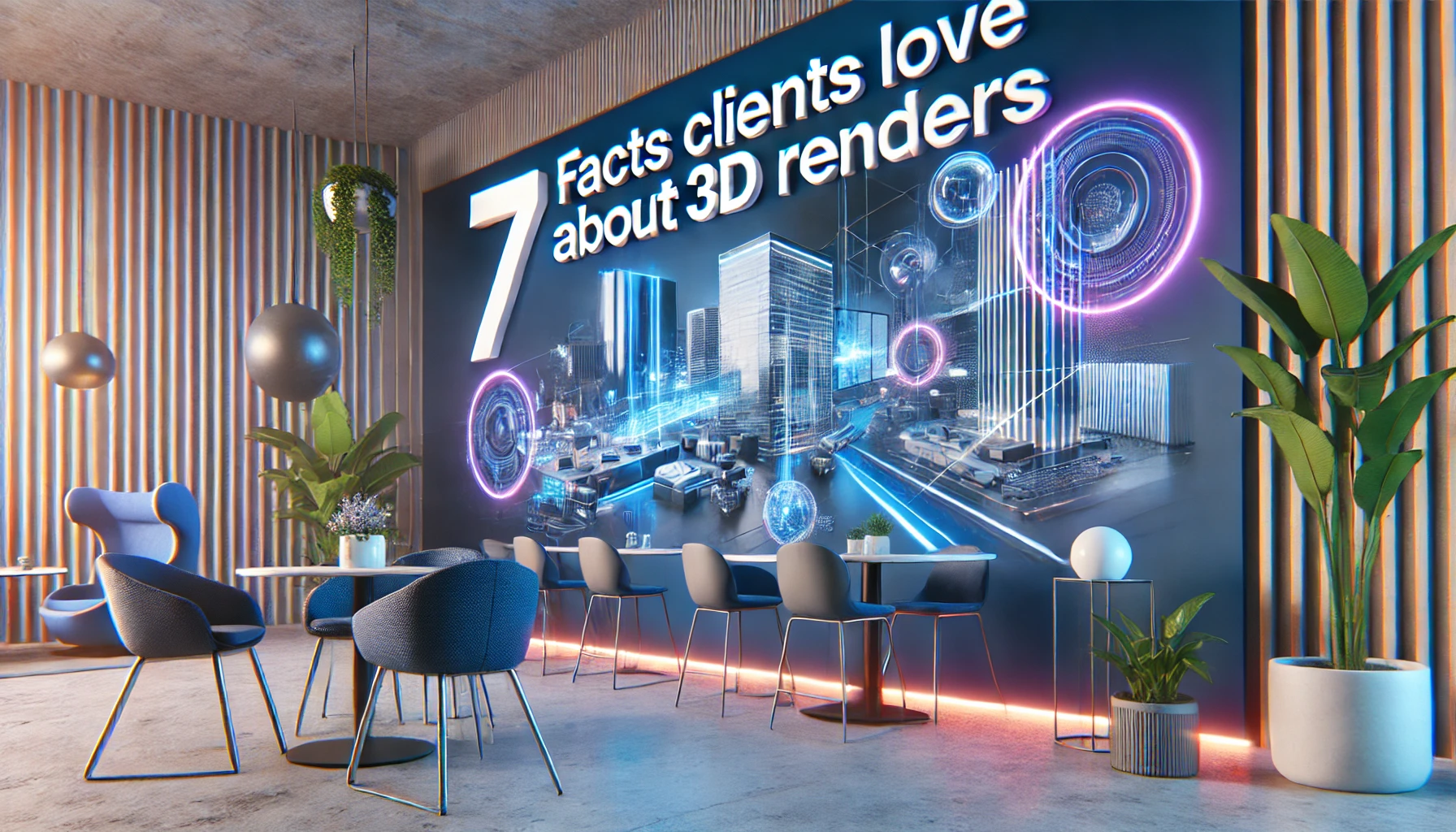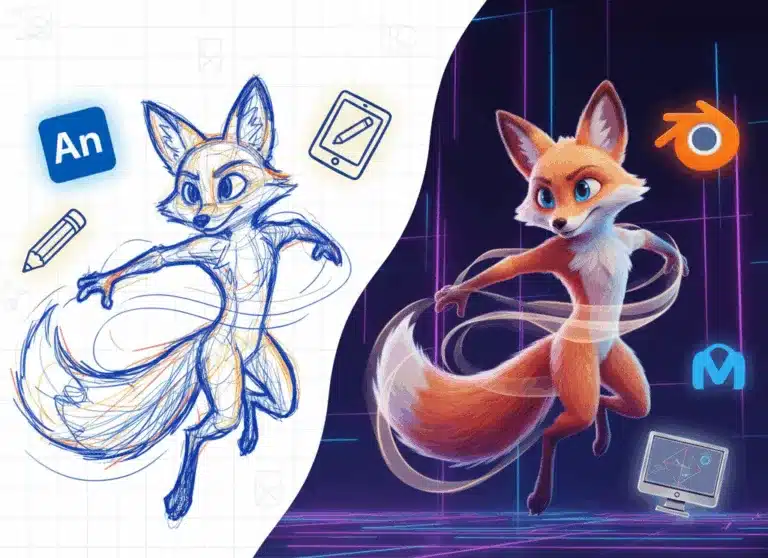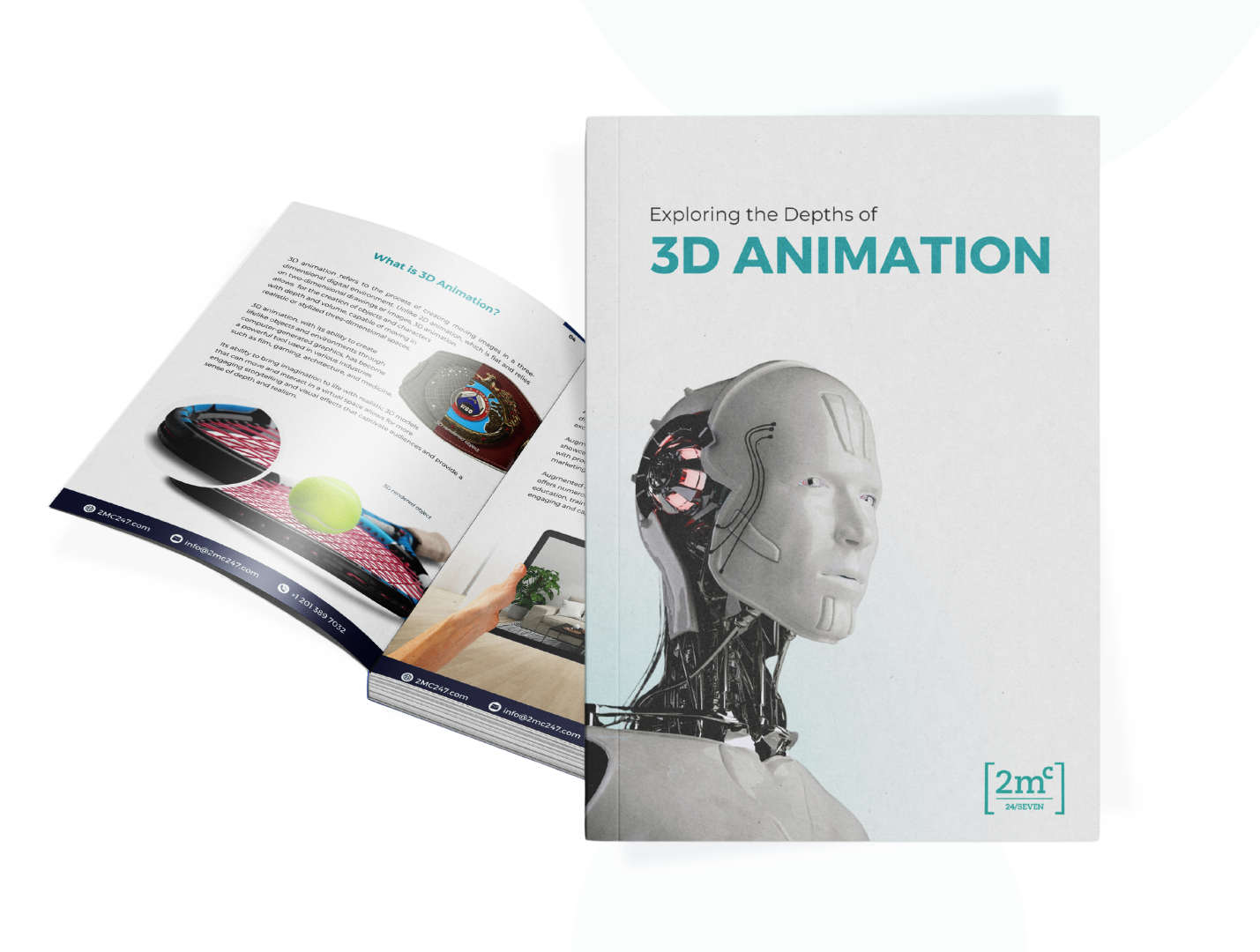Architects and 3D artists now have access to cutting-edge rendering and visualization software, enabling them to craft stunning visual representations. These advanced tools transform simple sketches, complex blueprints, and detailed floor plans into captivating visual experiences that communicate effectively.
Most clients are not experts in engineering, construction, or architectural design, and showing them traditional sketches often leads to confusion. Modern designers and architects can now leverage photorealistic and immersive 3D renders to communicate their ideas clearly and effectively. By using 3D rendering, they can depict potential projects in a way that clients can easily understand and appreciate.
Clients and artists alike can visualize designs from various angles and perspectives. 3D rendering also allows architects to emphasize key design aspects and explain features so clients can better grasp the functionality and livability of a proposed space. The immersive power of 3D rendering is essential for winning over clients. Here are the top benefits of 3D renders for clients:
1. Stunning Visuals 3D renders have reached a level of realism where they can be nearly indistinguishable from real photographs. Unlike mood boards and CAD drawings that might confuse clients, 3D renders bridge the communication gap by vividly presenting design options and concepts.
Clients and project members can easily visualize a design space, explore its features, view it from multiple angles, and provide feedback on the best approach. Designers can present various options and concepts, adjusting elements like lighting, room layouts, colors, doors, windows, furniture, and even entire neighborhoods and surroundings.
2. Versatility in Formats There are different types of 3D rendering, each supporting various 3D file formats, storing essential data about 3D models, such as:
- Animations: Including morphs, skeletal information, and 3D object movements.
- Information: Details about objects surrounding the 3D model.
- Scenery Details: Angles and positions of cameras, environments, and light sources.
- Model Appearance: Materials, textures, and colors.
- Geometry: Different shapes of the 3D model.
The four unique types of 3D rendering include:
- Interior and Exterior Rendering: Clients can explore projects from all angles, inspect colors, textures, and materials, and suggest changes before construction.
- 3D Animation: A vital marketing tool that helps gain client approval by detailing every aspect of the design.
- 360-Degree Panoramas: Allow clients and project members to get a complete view of the design from different perspectives.
- AR/VR Rendering: Enables clients to take a virtual tour around the 3D model.
3. Ease of Understanding The exceptional communicative power of 3D rendering makes even the most complex designs easy to understand. Clients often find traditional sketches, drawings, and mood boards overwhelming and distracting. The photorealistic power of 3D rendering helps overcome this issue by allowing clients to track and monitor project development at various stages.
3D renders are incredibly accurate, enabling artists to visualize entire scenes and follow clients’ instructions meticulously.
4. Cost-Effective Solutions Previously, renderings were expensive, but that has changed significantly in recent years. Clients now have access to cost-effective 3D rendering solutions. For example, it’s possible to get an interior space rendered for less than $1000. Clients can experiment with different colors and textures without breaking their budgets. Additionally, 3D rendering saves time and is easy to share and distribute.
5. Enhanced Decision-Making During the rendering process, many issues can arise. In the past, these issues often escalated into real problems, leading to client dissatisfaction. Modern 3D rendering tools solve this problem by allowing artists to communicate their ideas clearly, resulting in better decision-making, improved client satisfaction, and increased sales.
6. Effective Marketing Tool 3D rendering is an excellent communication tool that enables artists to maintain consistency and quality in their marketing and branding efforts. Artists can create top-grade, consistent portfolios and develop unique personal styles when presenting their work.
7. Early Problem Detection One of the most crucial benefits of 3D rendering is the ability to identify and resolve design problems early on. Fixing issues before construction can save time, effort, and resources. Decision-makers can review the design, spot potential flaws, and prevent problems from escalating into real-life disasters.
Conclusion
3D rendering empowers architects, designers, and 3D artists to save time, reduce costs, prevent costly mistakes, streamline communication, and quickly gain client approval. Beyond ensuring client satisfaction, 3D rendering serves as an immersive and photorealistic visualization and marketing tool.
It benefits numerous industries, including construction, real estate, and architecture. Its ability to simplify communication and align everyone involved in the project makes building even the most complex structures a smooth and efficient process.





